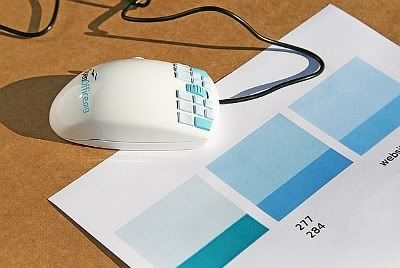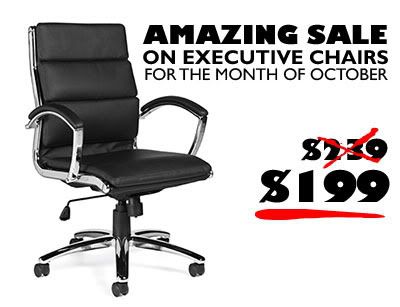Is your intel on ergonomics accurate? New discoveries in ergonomic science may have made your old ideas on office ergonomics obsolete.
If you’re reading this, you’re probably not a professional ergonomics consultant – you can rest easy, as you’re not really supposed to keep up with all the latest in the field. (That’s a job for Cubicles.com’s space planning team.)
According to Ankrum Associates, the new developments mainly constitute a relaxing of the old rules – and an increased emphasis on range of movement versus correct posture. Here’s a rundown of the new thinking in ergonomics:
Monitor distance – the old wisdom was that a monitor should be 18-24 inches away. Actually, longer distances relax the eyes – so the ideal distance is actually further than two feet away. Keep the monitor far from your eyes, but close enough to read the text.
Chair placement – people used to believe that the chair’s height should allow the feet to reach the floor, assuming the legs are bent at a 90-degree angle. While this angle isn’t necessarily uncomfortable or harmful, the legs shouldn’t be expected to be nailed down in that single position all the time. The chair should simply be expected to be low enough for the feet to rest on the floor, period.
Posture – formerly, ergonomics books recommended an upright posture, hips perfectly perpendicular to the legs. Now, a wider hip angle seems to be more in line with natural ergonomics – optimally, the hips should be angled at 130 degrees. This aligns the vertebrae to ease the pressure on the intervertebral discs.
Sitting at a recline is also better than sitting upright, as this position eases the strain on your lower back muscles and lightens the load on your spine.



